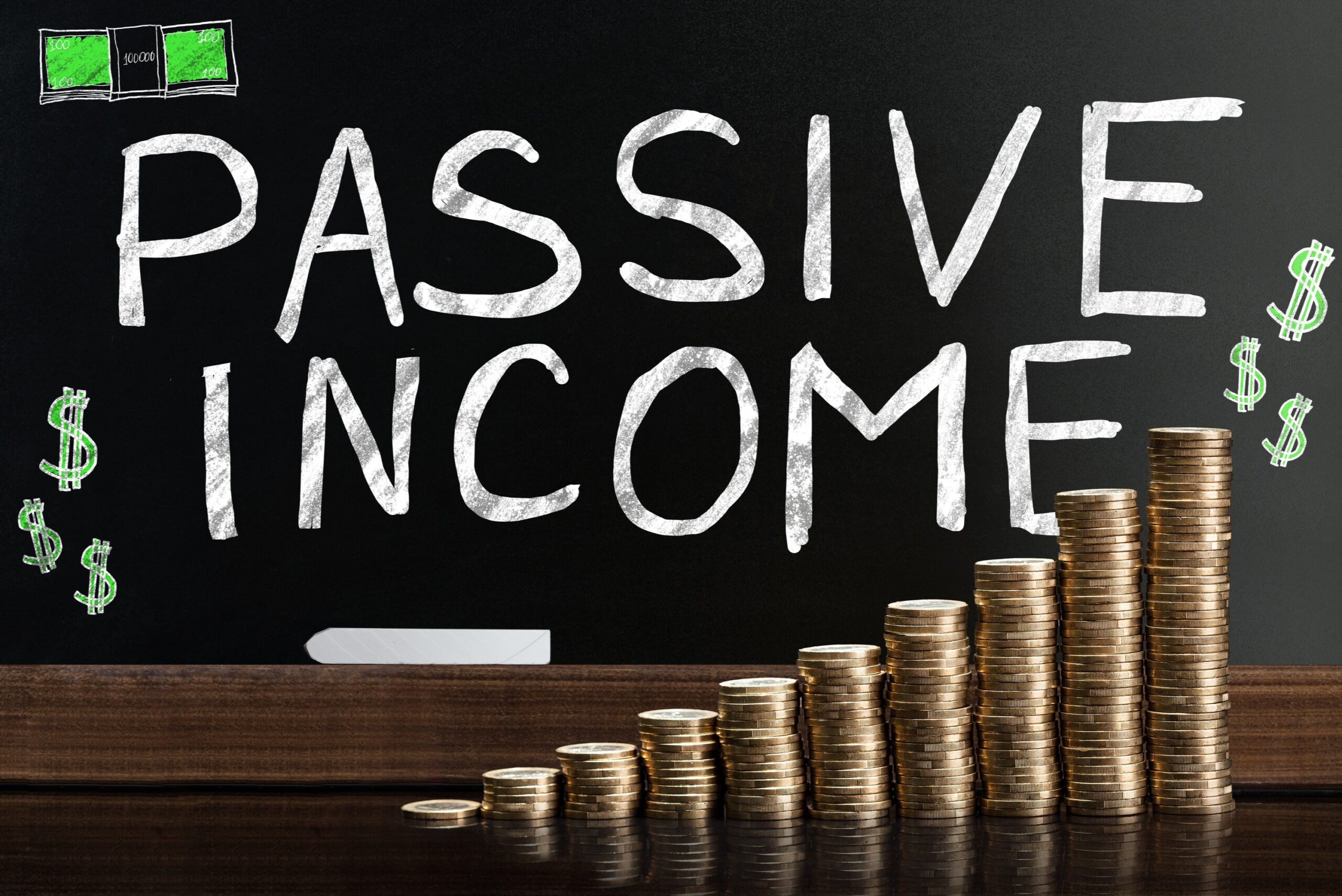There is a wide array of different ways to invest money in this day and age – we’re almost spoiled for choice as investors with passive income stocks, dividend shares, futures, VUEs, Cryptocurrency, foreign exchanges and so much more.
Even a decade ago half of these were only accessible to the power brokers of the world and the elite – thanks to innovative applications, we now have access to all of these and more, with everyday investors getting into the fun of it all. There have been a number of trends that have gone through social media and the general hubbub of the populace throughout the years that pertain to different ways to supplement money on the side – some good, others not so much,
One of the more interesting subjects that hold water and weight is the notion of passive income stocks which are gaining popularity in the last few years. Passive income stocks are a great way to invest and keep money rolling in without lifting a finger, the notion behind them is quite ingenious and the benefits far outweigh the costs.
This article will explore passive income stocks and other ways to invest in the modern world.
What Are Passive Income Stocks?
Passive income stocks are essentially shares owned that pay out a dividend sporadically throughout the financial year. The amount and how often this occurs is case-by-case, however the prospect of a company making a profit directly coincides with the investors who hold a stake in it – which is an intriguing concept.
The best way to approach passive income stocks is to look closely at the companies that you’re buying into. Looking at their percentage yield is a good start followed closely by the ratio of payouts per year.
You’ll begin noticing very quickly that there are wildly different yields and ratios out there, and it’s tempting to look at the higher percentages as the one and only, but don’t jump too soon into the higher numbers.
The reason for this is that companies that offer a higher percentage yield on their passive income stocks are not always on solid ground when it comes to following through with profits, which is where the money comes from. A company that is on the up and is still finding its bearings somewhat is going to be a little riskier for people to invest in as the profits could go either way – hence the higher yield to attract investment.
Larger scale companies that are established and solid with their profit margins however will have a lower percentage yield but a better chance at successfully paying out – so it is dependent on research.
Other Ways To Trade
Besides passive income stocks that pay dividends, there are a number of avenues that investors have adapted to over the years with technology bringing forth a whole range of opportunities for those willing to look toward the road less traveled. ETFs are a great way for new investors who are getting into the realm of investments and want a low risk but rewarding experience.
In lieu of singular shares and companies that were the norm in days gone by, many modern investors who aren’t looking for passive income stocks will turn to something like an ETF. An ETF is an Exchange-Traded Fund which is essentially a collection of different company shares that are typically classified thematically (e.g., Commodity ETFs, Equity ETFs, Specialty ETFs etc.).
There are other ways of course to invest besides passive income stocks and ETFs, there’s a wider world of opportunity out there that is impressive and more exciting than ever before.
